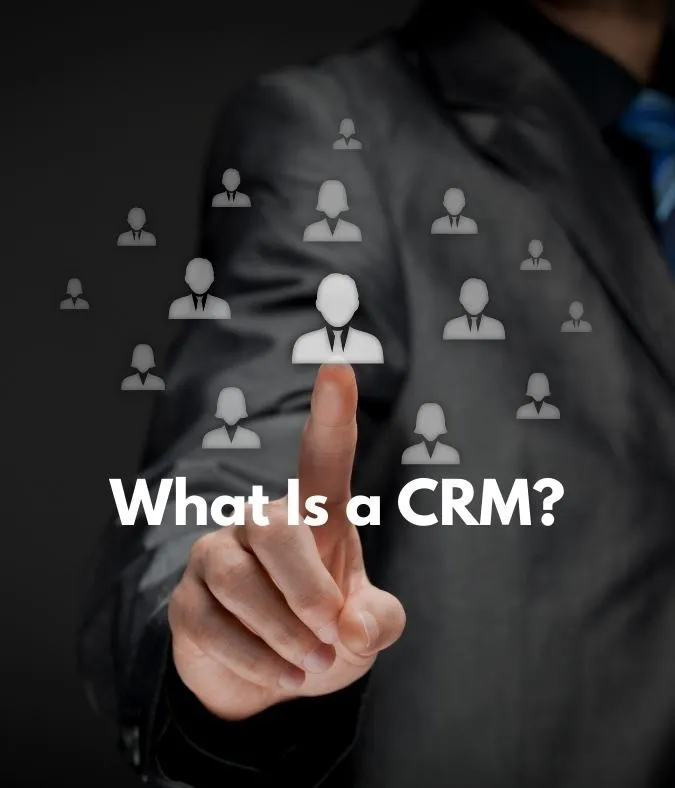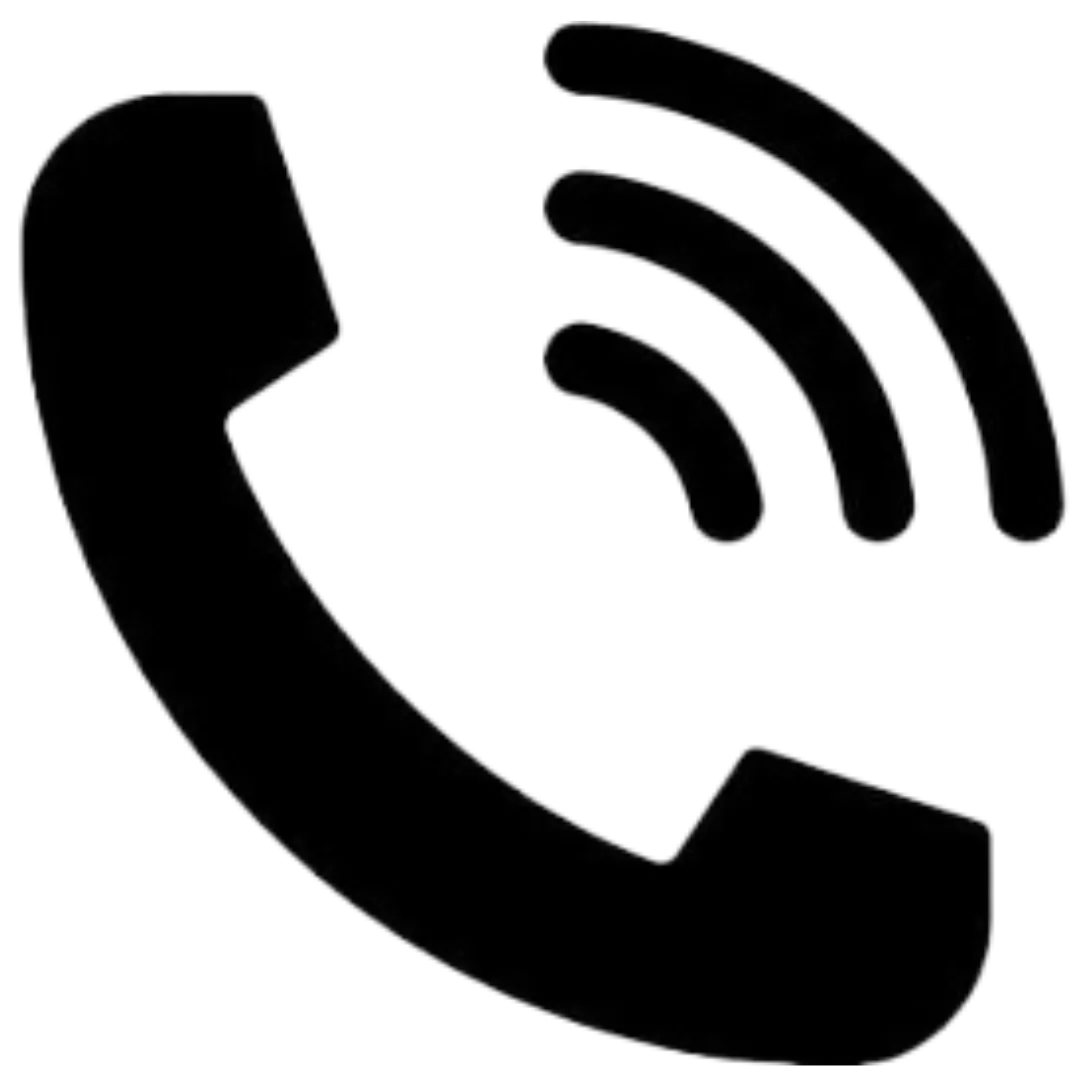
What Is a CRM and How Does It Boost Your Sales?
In business, especially in the U.S., your relationship with customers is the foundation of success. Without clients, there are no sales, and without sales, there’s no business.
But as your business grows, managing contacts in notebooks, Excel sheets, or scattered notes quickly turns into chaos.
That’s where CRM (Customer Relationship Management) comes in—a tool that changes the way you manage your business, organize leads, and close more deals.
In this blog, you’ll learn:
What a CRM is.
How it works in practice.
Why it can transform your sales process.
Practical examples for Latino entrepreneurs in the U.S.
1. What is a CRM?
A CRM is a system designed to manage customer relationships. More than a database, it centralizes information, organizes your sales process, and helps you never lose an opportunity.
Think of it as a digital assistant that remembers every interaction with your clients and tells you the next step to move toward closing.

2. Common problems without a CRM
Many entrepreneurs start by saving numbers on their phones or in spreadsheets. It works at first, but soon problems arise:
❌ Forgetting to follow up with prospects.
❌ Losing sales due to late responses.
❌ No clarity on which channels bring the most clients.
❌ A sales team that lacks coordination.
Poor customer management = lost opportunities and money.
3. How does a CRM work in practice?
A CRM centralizes:
Client and lead information.
Call, email, and meeting history.
Sales opportunity stages.
Automated reminders for follow-ups.
Example: Someone fills out a form on your website. The CRM logs their details, tags them as a lead, and reminds you to contact them within a specific time.
4. Key benefits of a CRM
Total customer organization
Never lose a lead—everything is centralized.Better follow-up
Get reminders for timely contact so prospects don’t “go cold.”Increased sales
Timely, personalized follow-ups = higher conversions.Strategic vision
Reports show your pipeline, sales stages, and key metrics.Team coordination
Your team shares the same customer history for aligned work.

5. CRM and sales: the direct connection
A CRM doesn’t just organize—it drives sales because it:
Reminds you when to call or email.
Segments clients for personalized offers.
Shows each prospect’s stage in the pipeline.
Automates parts of the process (welcome emails, reminders).
More sales often come not from getting more leads, but from managing your current leads better.
6. Real-world example
Picture a real estate or insurance agency. Without a CRM, you can easily lose a deal if you forget to return a call.
With a CRM:
Every lead from Facebook or your website is logged automatically.
You get a reminder to call them within 24 hours.
If you don’t, the system sends an automated follow-up email.
You can track which prospects are ready to close.
The result: fewer lost clients, more closed sales, and a professional workflow.
7. Which CRM should you choose?
Popular CRMs include HubSpot, Zoho, Salesforce, and GoHighLevel. The choice depends on:
Business size.
Budget.
Needed features (automation, marketing, accounting integration).
The key is to start with something simple and scale as your business grows.


